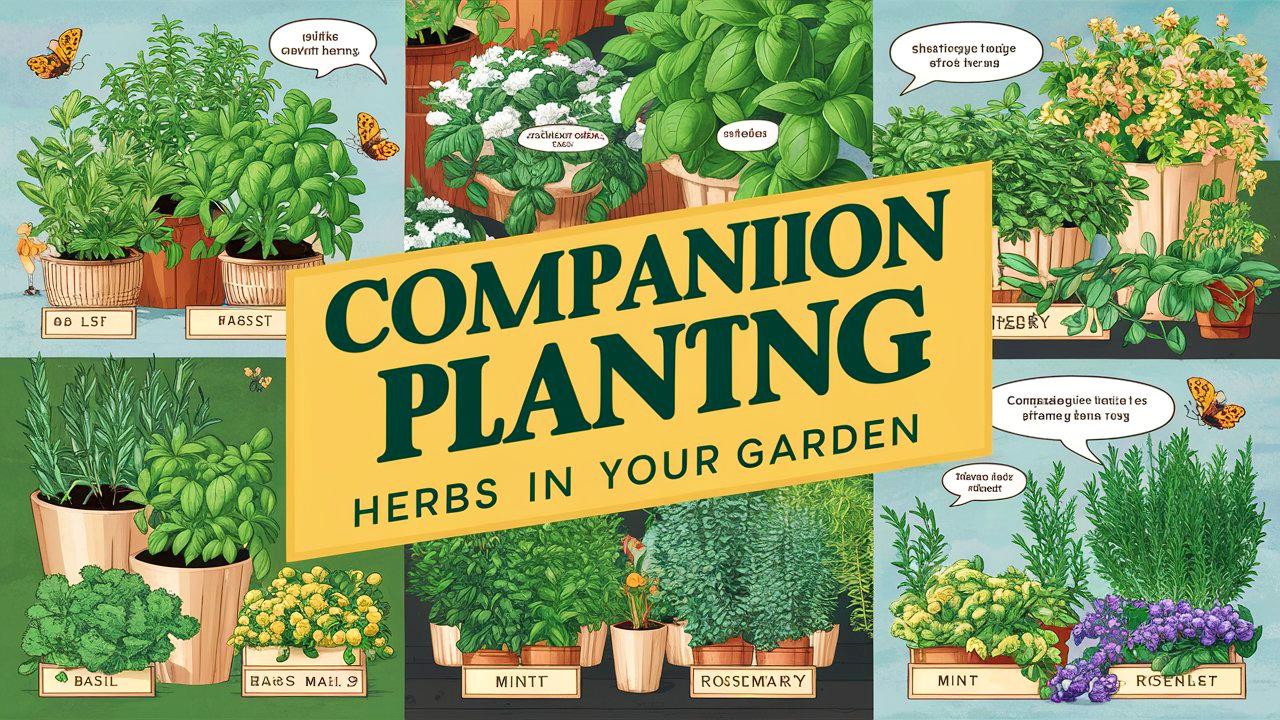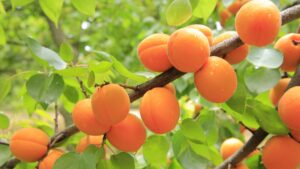In this guide, we will explore the exciting world of companion planting with herbs, highlighting which herbs grow best together, which plants to integrate for maximum yield, and those that should be avoided.
Understanding Companion Planting
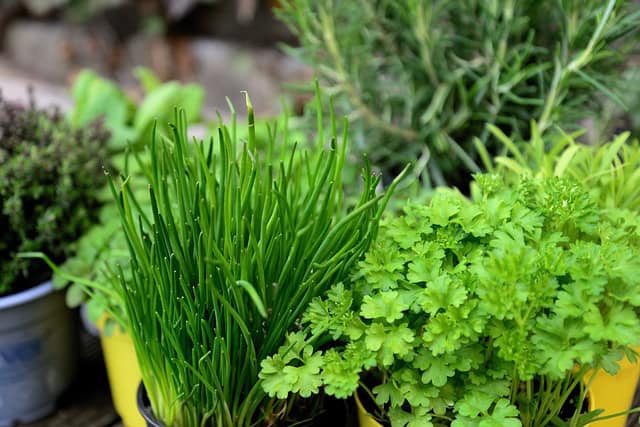
Before getting into specific herbs and their companions, it’s essential to grasp the concept of companion planting. This ancient gardening technique is based on the idea that certain plants can benefit one another when grown together. There are several reasons for this:
Pest Control: Some plants can naturally repel pests.
Attraction of Beneficial Insects: Certain herbs attract pollinators and beneficial insects that can help other plants.
Enhanced Growth: Some plants thrive when sown near others due to optimized nutrient uptake or improved microclimates.
Flavor Enhancement: Specific herbs, when planted near vegetables, can enhance their flavor and growth.
For joyful, abundant gardening, we should explore the best companions for herbs, their ideal partners, and their enemies!
Basil
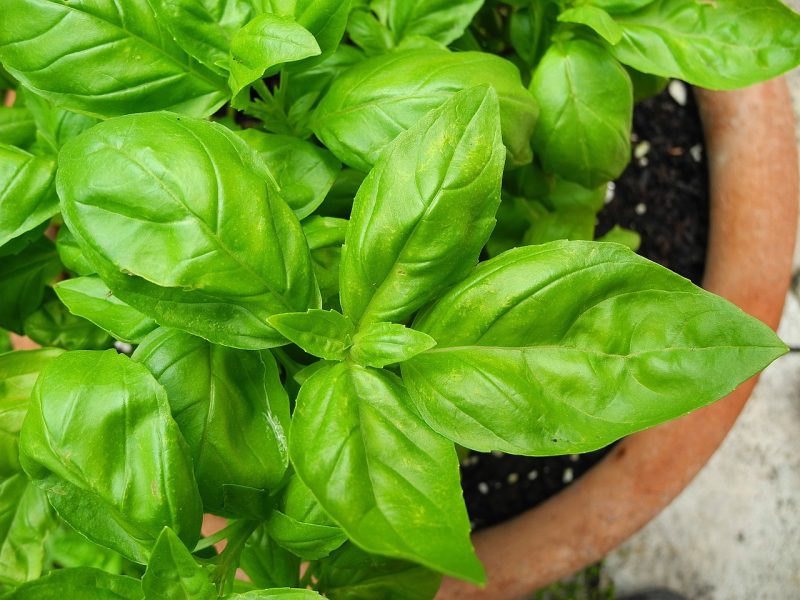
Herb: Basil is a favorite herb for culinary use. It is known to grow well in warm climates and is fairly easy to cultivate.
Companion Plants: Basil’s best companions include tomatoes, peppers, oregano, and asparagus.
Tomatoes: Basil enhances the flavor of tomatoes and can help repel whiteflies, a common pest.
Peppers: Both basil and peppers benefit from similar growing conditions, making them excellent partners.
Oregano and Asparagus: These plants pair well with basil, helping to maximize nutrient utilization in the soil.
Plants to Avoid: While basil loves its companions, it should not be planted near rue, sage, or cucumbers. Rue can inhibit growth, while sage and cucumbers compete for the same nutrients.
Dill
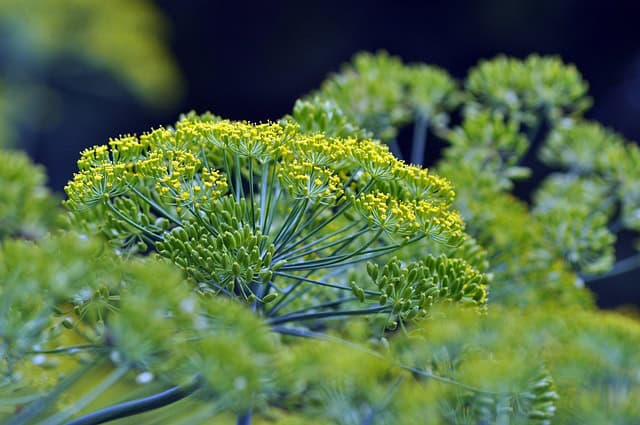
Herb: Dill is a delicate herb known for its culinary uses, especially in pickling and flavoring fish.
Companion Plants: Dill works well with cabbage, lettuce, onions, and cucumbers.
Cabbage and Lettuce: Dill can repel pests that affect these leafy greens, allowing them to thrive.
Onions: The combination of dill and onions can improve growth and flavor.
Cucumbers: Dill aids in attracting beneficial insects that assist in pollinating cucumbers.
Plants to Avoid: Dill does not fare well alongside carrots, as their growth may be inhibited.
Chives
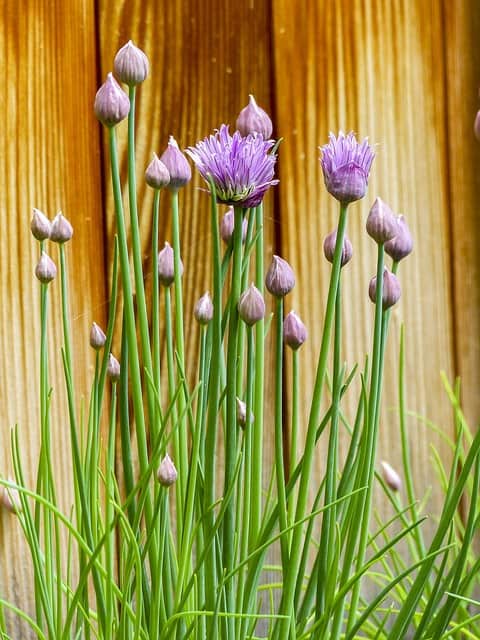
Herb: Chives are vigorous, perennial herbs that add a mild onion flavor to dishes.
Companion Plants: Chives pair nicely with carrots, tomatoes, grapes, and roses.
Carrots: Chives can deter pests that target carrots, creating a protective environment.
Tomatoes: Chives enhance the flavor of tomatoes while providing nutrients.
Grapes and Roses: Both plants benefit from the addition of chives, leading to improved resiliency and flavor.
Plants to Avoid: Chives should not be planted with beans or peas, as their growth can inhibit these legumes.
Parsley
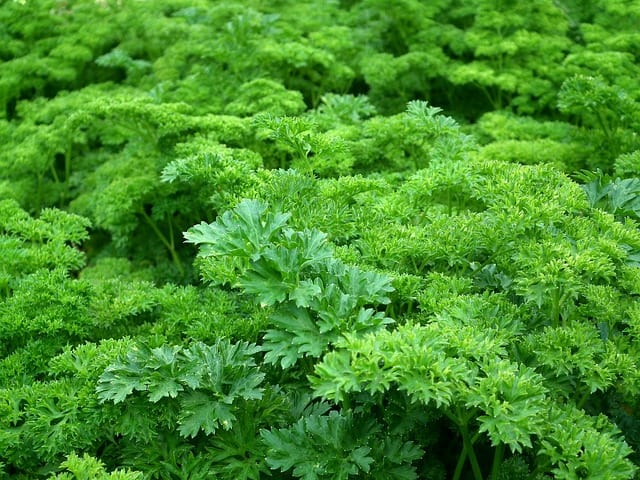
Herb: Parsley is a nutrient-rich herb that can be used in various dishes, notably salads and garnishes.
Companion Plants: Parsley thrives near tomatoes, asparagus, and corn.
Tomatoes: Like other herbs, parsley enhances their flavor while attracting beneficial insects.
Asparagus and Corn: These plants help create a beneficial ecosystem alongside parsley, offering nutrients while retaining moisture.
Plants to Avoid: Parsley’s enemy in the garden is mint, as the aggressive growth of mint can overshadow parsley.
Sage
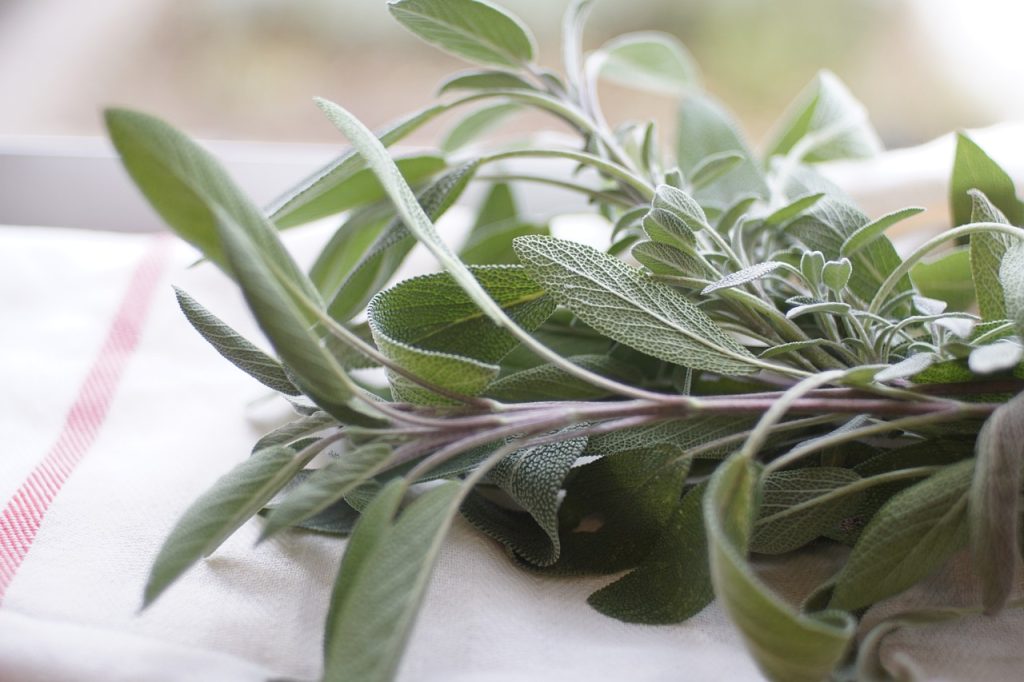
Herb: Sage, known for its wonderful aroma and flavor, is a staple in many kitchens.
Companion Plants: Sage grows well alongside rosemary, cabbage, and carrots.
Rosemary: The synergy between these two herbs enhances the flavor and resilience of both.
Cabbage and Carrots: Sage helps deter pests, offering a protective canopy for these crops.
Plants to Avoid: Avoid planting sage near cucumbers and rue, as they can restrict each other’s growth potential.
Thyme
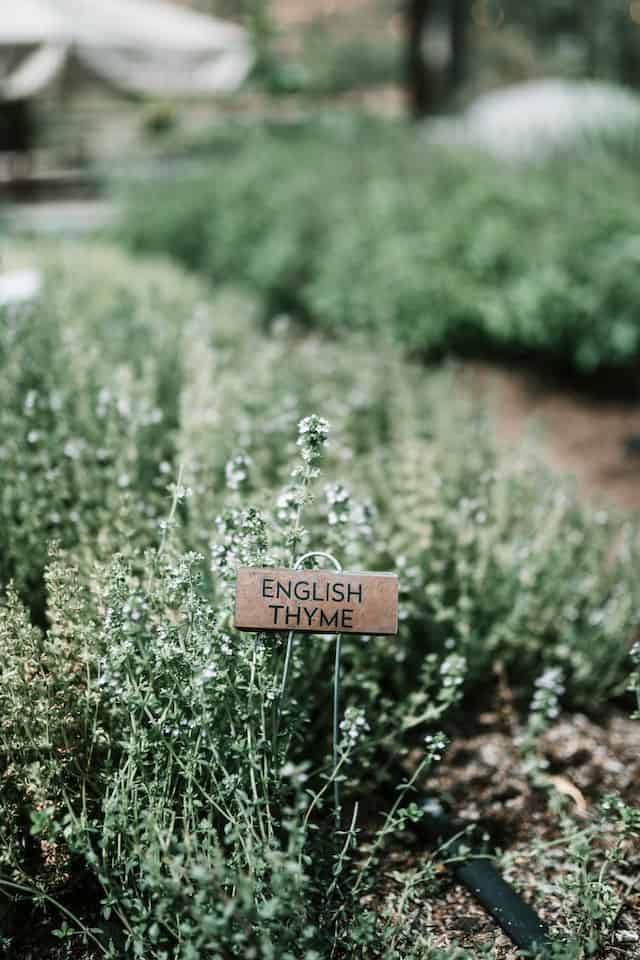
Herb: Thyme is a drought-resistant herb often used in various cuisines worldwide.
Companion Plants: Ideal companions for thyme include cabbage, strawberries, and tomatoes.
Cabbage: Thyme can repel pests that disturb cabbage crops, leading to healthier plants.
Strawberries and Tomatoes: The aromatic nature of thyme enhances the flavor profile of these fruits while complementing their growing habits.
Plants to Avoid: Interestingly, thyme has no specific plants to avoid, making it a versatile addition to your garden.
Oregano
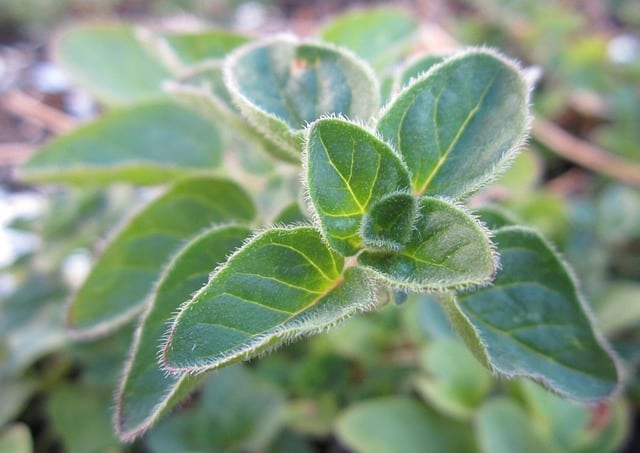
Herb: Oregano is a key flavor in Mediterranean cooking, valued for its distinct taste and aroma.
Companion Plants: Oregano thrives near basil, tomatoes, and peppers.
Basil and Tomatoes: Similar to other herbs, oregano boosts the growth and flavor of these plants.
Peppers: Like basil, these two can coexist beautifully, supporting each other’s growth.
Plants to Avoid: Oregano has no specific companions to avoid, making it a reliable partner in your garden.
Mint
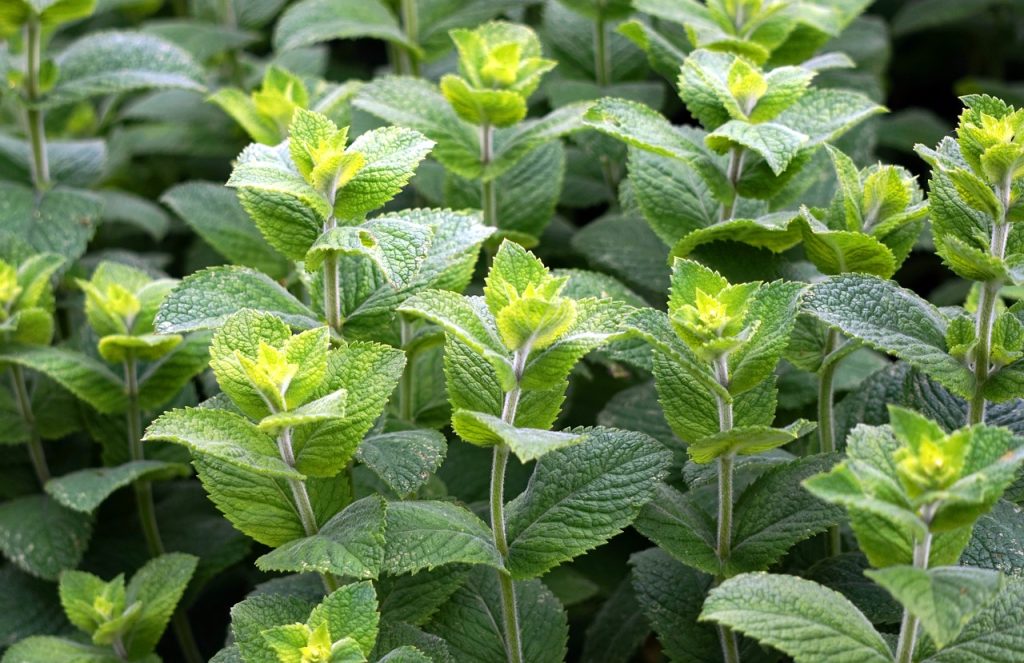
Herb: Mint is known for its aromatic, cooling effect and is often used in beverages, desserts, and savory dishes.
Companion Plants: Mint does well alongside cabbage, tomatoes, and carrots.
Cabbage: Mint can deter pests that commonly affect cabbage crops.
Tomatoes and Carrots: These plants benefit from mint’s pest-repelling capabilities.
Plants to Avoid: As previously mentioned, mint should not be planted near parsley due to its aggressive growth.
Rosemary
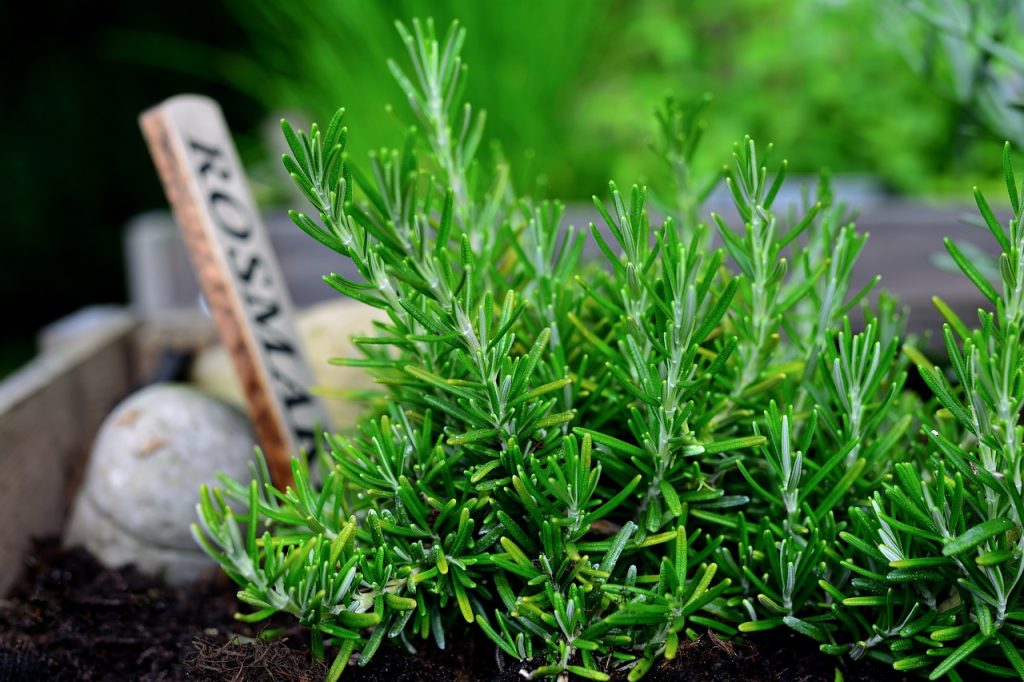
Herb: Rosemary is an evergreen herb with a strong aroma that complements a range of dishes.
Companion Plants: Rosemary flourishes when planted with sage, thyme, and beans.
Sage and Thyme: This trio forms an aromatic island in the garden, creating a beautiful and functional herb patch.
Beans: Rosemary can enhance the growth of bean plants while deterring some pests.
Plants to Avoid: Avoid other plants like cucumbers, as rosemary’s growth can hinder their progress.
Cilantro
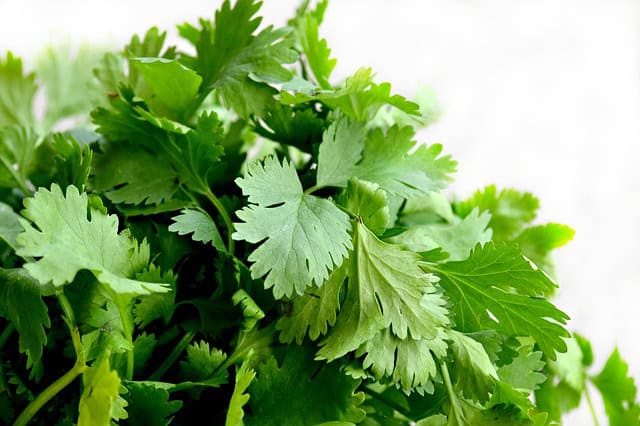
Herb: Cilantro, also known as coriander, is a vibrant herb favored in several cuisines for its fresh flavor.
Companion Plants: Great companions for cilantro include spinach, anise, and dill.
Spinach: Cilantro creates a complementary growing condition, benefiting the growth of both plants.
Dill: Cilantro can help dill thrive.
Plants to Avoid: Fennel is a plant you should keep away from cilantro since it can inhibit growth.
Tarragon
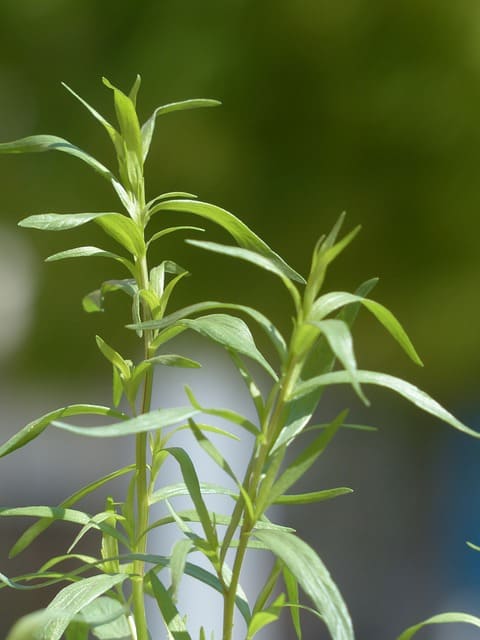
Herb: Tarragon is an aromatic herb often used in French cuisine.
Companion Plants: Its compatibility with most vegetables makes tarragon a flexible addition to your garden.
Marjoram
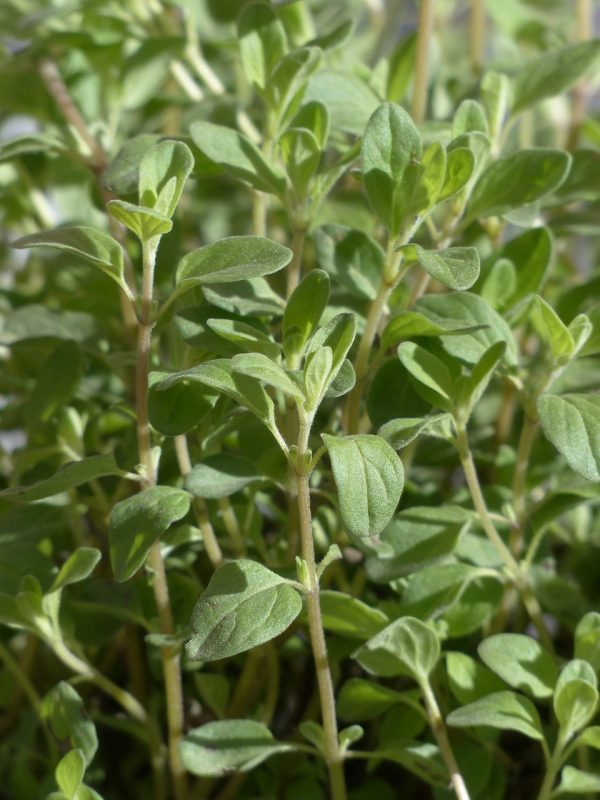
Herb: Marjoram is a sweet, aromatic herb that adds flavor to many dishes.
Companion Plants: Similar to tarragon, marjoram works well with most vegetables, enhancing their growth alongside them.
Lemon Balm
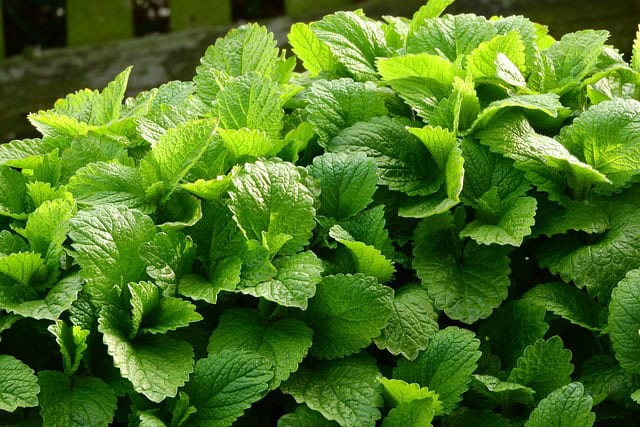
Herb: Lemon balm is a refreshing herb with a strong lemon scent.
Companion Plants: This herb pairs well with fruit trees and brassicas, providing both pest deterrence and flavor enhancement.
Bay Laurel
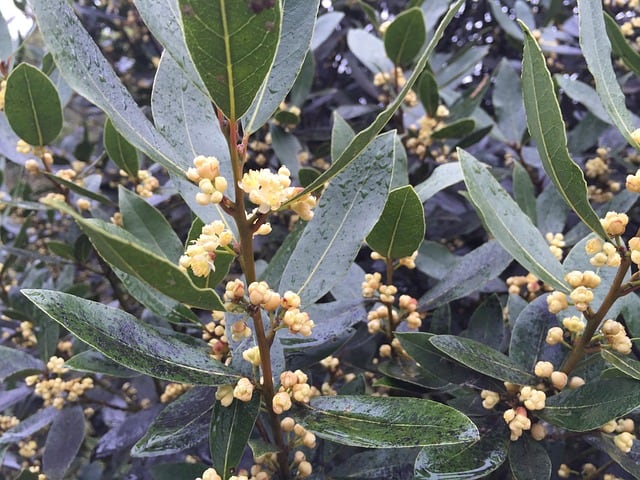
Herb: Bay laurel is renowned for its leaves, which are used to add depth to soups and stews.
Companion Plants: This herb grows effectively alongside rosemary, sage, and lavender.
Plants to Avoid: Avoid planting bay laurel near basil, as they have contrasting growth needs.
Lovage
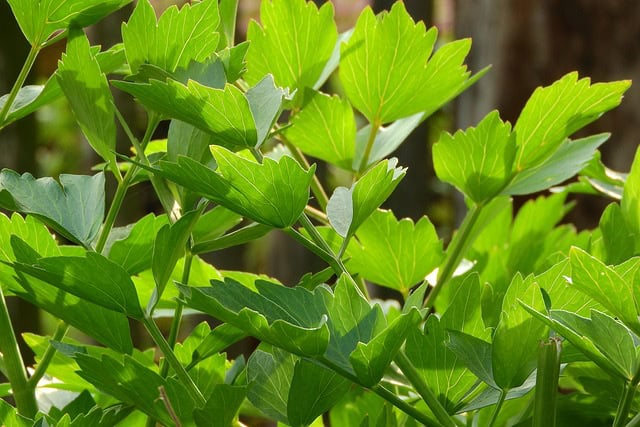
Herb: Lovage is a lesser-known herb with a taste similar to celery.
Companion Plants: Lovage pairs well with most vegetables, adding flavor while helping to attract beneficial insects.
Fennel
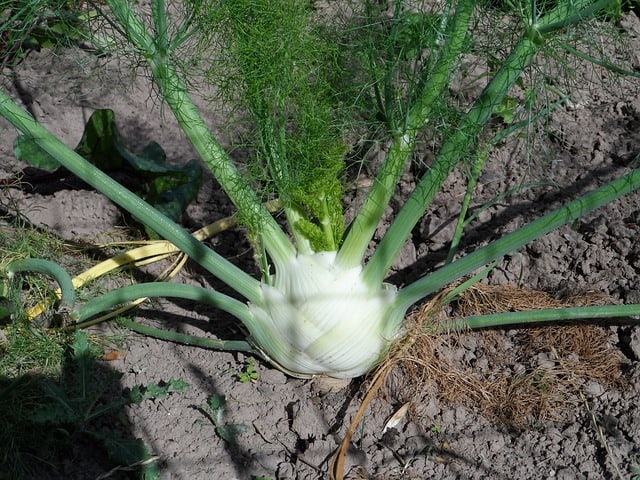
Herb: Fennel is a unique plant whose bulbs and fronds are both culinary treasures.
Companion Plants: It can grow well with dill and cilantro.
Plants to Avoid: Fennel has a more extensive list of plants it should not be paired with, particularly most herbs and vegetables.
Conclusion: Crafting Your Herb Garden
Companion planting offers a wealth of opportunities for gardeners, particularly those starting out. By understanding the relationships between herbs and their fellow plants, beginners can cultivate a thriving ecosystem right in their backyards.
Integrating your herbs with careful attention to their companions and enemies can enhance not only your garden’s productivity but also the richness of flavors in your culinary endeavors.


